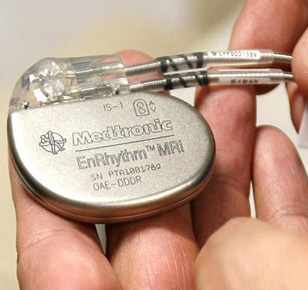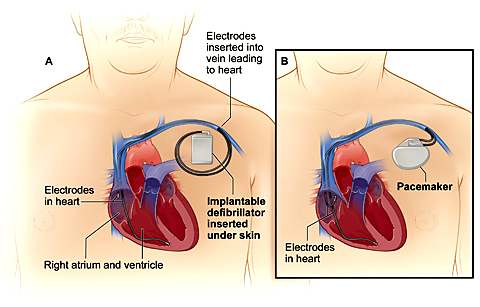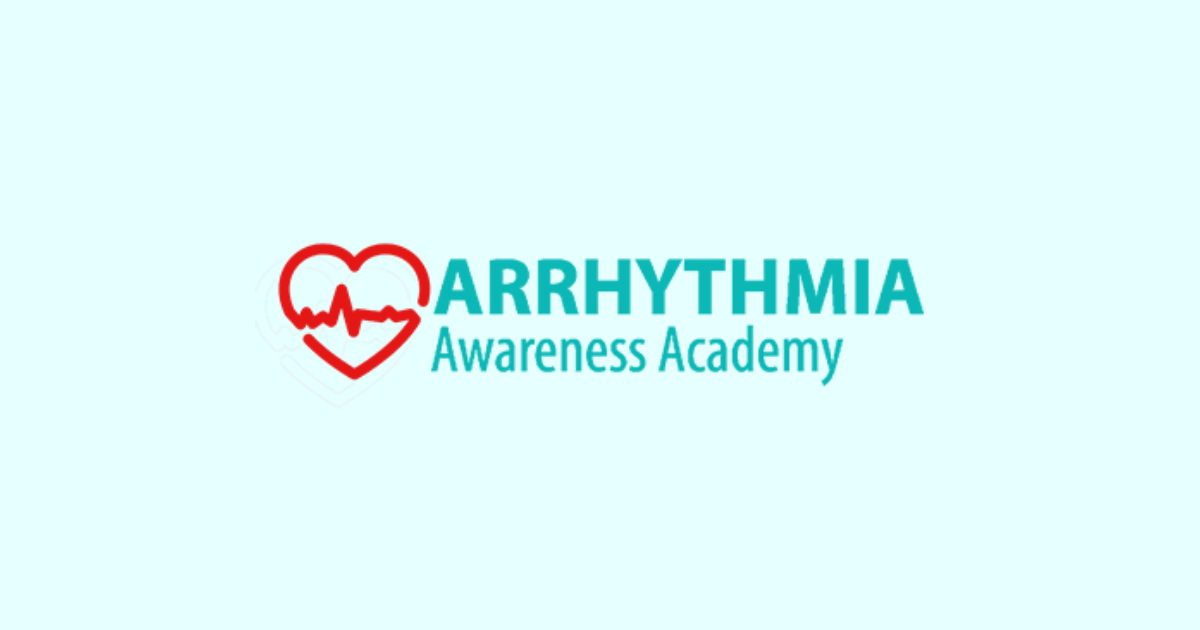Lead extraction is a complex surgical procedure with some unavoidable risks. Each time the lead is separated from scar tissue; there is a small chance of tearing the surrounding blood vessel or perforating the heart, which can result in major bleeding in the chest or around the heart. In some cases, this requires blood transfusion or even immediate open heart surgery to save the patient’s life.
Other major complications of lead extraction include a blood clot dislodging into the lung and stroke.
Less severe problems that have been reported include fluid accumulation around the heart or lung (not requiring drainage), bleeding under the skin, swelling of the arm, and a small amount of air entry into the vein.
The rate of major complications was 1.6% to 2.0%, or approximately 1 in 50 patients.
Benefit includes complete and early treatment of pacemaker infection, avoiding repeated hospitalisation for infection and its complications.


